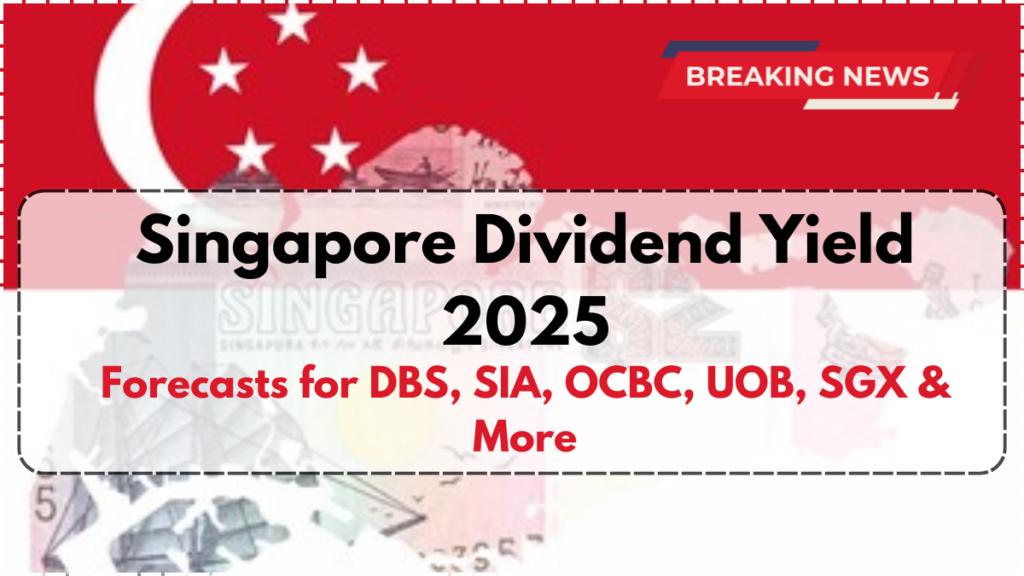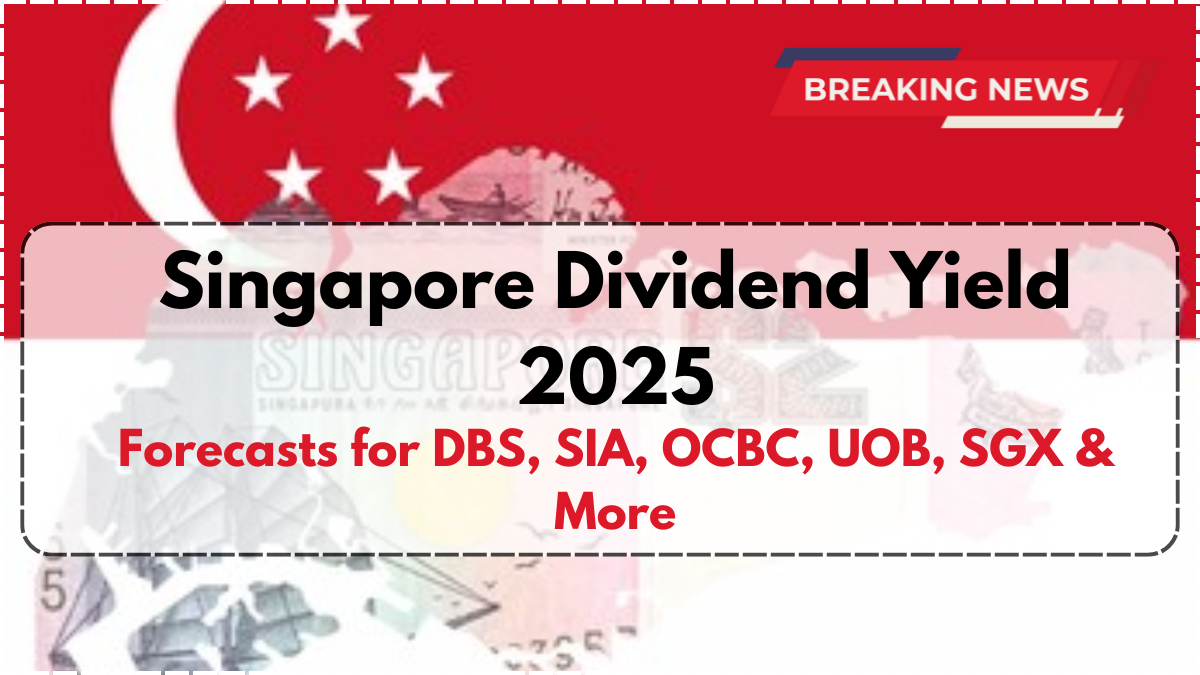Dividends play a crucial role in investment returns, representing a portion of a company’s earnings distributed to shareholders. In Singapore, structured dividend policies are in place to sustain investor confidence and ensure a stable financial landscape. Regulatory frameworks guide businesses in distributing profits while adhering to corporate governance principles.
For investors, distinguishing between the two primary types of dividends—taxable and non-taxable—is vital. Understanding these classifications helps maximize returns while minimizing tax liabilities.

Taxable Dividends in Singapore
Certain dividend types are subject to income tax, depending on an investor’s residency status and applicable tax laws. Below are key factors concerning taxable dividends:
- Dividends from Foreign Companies: Earnings from overseas firms that do not benefit from Singapore’s tax treaties are generally taxable.
- Dividends from Non-Resident Entities: Investors receiving payouts from foreign-based companies might be subject to withholding tax regulations.
- Impact of Tax Treaties and Local Laws: Dividend taxation varies based on the investor’s home country tax treaties and local financial regulations.
Non-Taxable Dividends
Tax-free dividends offer significant advantages by maximizing net gains for investors. The major categories of non-taxable dividends include:
- Dividends from Singapore-Based Companies: Most payouts from companies registered in Singapore are exempt from taxation under the one-tier corporate tax framework.
- Real Estate Investment Trust (REIT) Dividends: Individual investors generally enjoy tax-free REIT dividends, whereas corporate entities may be liable for taxes.
- Foreign-Derived Dividends: If received by a Singapore tax-resident company and meeting exemption criteria, these dividends remain non-taxable.
2025 Dividend Payout Projections for Key Singaporean Companies
The following table provides an overview of expected dividend yields, stock price targets, and payout frequencies for major Singaporean corporations in 2025:
| Company | Dividend Yield (%) | Share Price Target (SGD) | Payout Frequency |
|---|---|---|---|
| DBS | 5.3% | 43.00 – 46.91 | Quarterly |
| SIA | 5.84% | 4,745.42M revenue (Q2) | Annually |
| OCBC | 4.97% | 16.10 – 20.80 | Semi-Annual |
| UOB | 5.69% | 37.50 – 40.20 | Semi-Annual |
| SGX | 3.71% | 0.53 earnings per share | Quarterly |
DBS Bank: 2025 Dividend Expectations
DBS, a prominent financial institution in Singapore, continues to uphold strong dividend payout trends. Key projections for 2025 include:
- A dividend yield of 5.3%, ensuring stable returns for stakeholders.
- The stock price is forecasted to range between SGD 43.00 and SGD 46.91, with an expected growth of 3.8%.
- The company has authorized a 53% increase in share issuance, benefiting long-term shareholders.
- Investors holding shares for over a decade will receive bonus stock allocations.
Singapore Airlines (SIA): Dividend Performance in 2025
Despite ongoing challenges in the aviation sector, Singapore Airlines maintains a competitive dividend policy. Key highlights for 2025 include:
- Projected Q2 revenue of $4,745.42 million, with an estimated full-year revenue of $19.11 billion.
- Expected earnings per share (EPS) of $0.73.
- A dividend increase of SGD 0.50 per share for eligible shareholders.
- A dividend yield of 5.84%, making it an appealing option for investors seeking high returns.
OCBC Bank: Reliable Dividend Payouts
OCBC continues to be a dependable dividend stock with steady financial performance. Projections for 2025 include:
- A dividend yield of 4.97%, slightly lower than its five-year average of 5.07%.
- Share price targets range from SGD 16.10 to SGD 20.80, with an estimated median price of SGD 17.79.
- The company’s total assets, encompassing trust and global banking sectors, amount to SGD 151 billion.
UOB: Sustained Dividend Growth
United Overseas Bank (UOB) remains committed to semi-annual dividend distributions, benefiting long-term investors. Key insights for 2025 include:
- A dividend yield of 5.69%, ensuring competitive returns.
- Share price expectations range between SGD 37.50 and SGD 40.20, with a median projection of SGD 39.12.
- The latest dividend payout of SGD 1.19 was distributed in April 2025.
Singapore Exchange (SGX): Dividend & Financial Outlook
While SGX offers a lower dividend yield compared to major banking institutions, it remains a solid choice for steady income. Key projections for 2025 include:
- A dividend yield of 3.71%, ensuring reliable returns.
- Earnings per share (EPS) of SGD 0.53, reflecting stable profitability.
- Market expectations for 1HFY2025 financial results release on February 6, which may influence investor sentiment.
Also Read: Singapore’s $900 Senior Bonus in April 2025: Eligibility & Payment Dates
Frequently Asked Questions (FAQ)
1. Are dividends paid by Singaporean companies subject to taxation?
No, most dividends from Singapore-based firms are tax-free under the one-tier corporate tax system. However, foreign dividends and certain REIT payouts may be taxable.
2. Which Singaporean company is expected to offer the highest dividend yield in 2025?
Singapore Airlines (SIA) is projected to have the highest dividend yield at 5.84%, making it an attractive option for income-focused investors.
3. How often do major Singaporean companies distribute dividends?
Dividend frequency varies: DBS and SGX issue quarterly payouts, OCBC and UOB distribute semi-annual dividends, while SIA provides annual payouts.
4. What influences dividend yields in Singapore?
Several factors impact dividend yields, including corporate earnings, economic conditions, government regulations, and overall market demand. Companies with strong financial health tend to sustain higher dividend payouts.
5. Is investing in Singaporean dividend stocks a sound financial strategy?
Yes, high-dividend stocks can provide consistent income and potential capital appreciation, making them a beneficial long-term investment choice, especially for those seeking financial stability.
For More Information Click Here
Pari is a passionate writer known for captivating stories that blend imagination and reality. Inspired by travel, history, and everyday moments, Pari crafts narratives that resonate deeply with readers.
